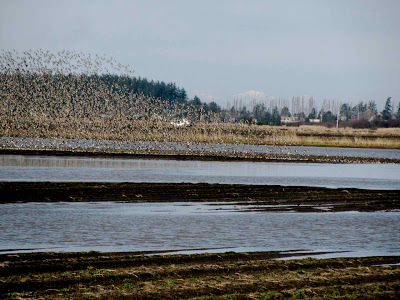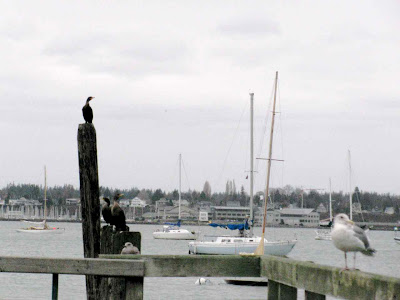I am reading a journal dated fall and spring 1985-86. I visited my mother's home at Christmas 1985. I found this lovely description of my mother, who died in 1993, which is almost as if written by a stranger (I don't remember writing it at all!). Mama was born in 1923 and died before she turned seventy. I found this description of her, dated "Saturday night after the Winter Solstice 12/21":
I watched Mama today make fudge and noticed that she "fudged" often on her no-sugar diet. She often waxes eloquent on her lack of a sweet tooth, but I know better. Somehow it doesn't count when you're cooking. But I watched her being happy today, too. We worked hard, her harder than me; she made four loaves of homemade bread (yum!), more cheese balls, and, of course, the fudge.
Tonight I watched her become animated as she talked with Richard about her golfing days. I thought of her damaged heart as she poured in the alcohol and sugar, but somehow it didn't matter in the way it did before. I recognize her loss to me will be great, but as hard as it is to picture this vital loquacious woman gone from the face of the earth, no one can deny that she is enjoying herself today. She lives close to the edge and I admire her immensely -- once I remove my judgment about what she should be doing... Many lessons here for me to learn for myself.
A description: She sits in a chair as though at a bar after 18 holes of golf, relaxed and talkative. Her left hand holds her drink, her right gestures characteristically, almost royally, as she tells her story. A flush creeps into her cheeks and across her nose, giving the illusion of health. Ruddy-bright, eyes sparkling with good humor and wit. Her torso is thick, but somehow she carries it with good grace, and the long slim legs give her the look of a dancer, a chorus girl perhaps. One can imagine her as a young beauty queen. And she is still, to this day, a beauty.
When she is home during the day, unmade-up, no prosthesis covering the mutilation performed a decade and a half ago upon her body, she is even more interesting. Her left shoulder is higher than the right, the scar tissue having drawn tight across the collarbone, and the strange flatness across her chest is somehow protective of that area. Great trauma has visited this body, and the spirit has molded it and made it beautiful, in defiance of the cold merciless surgery that has been perpetrated upon it. She is my mother, and I love her.
And yes, now she is gone, and the journal entry made her presence jump out of the page and into my heart. I still miss her after all these years, and I am blessed to have her with me once again in memory. I took this picture of her when she came to visit me in Boulder.
:-)

















































